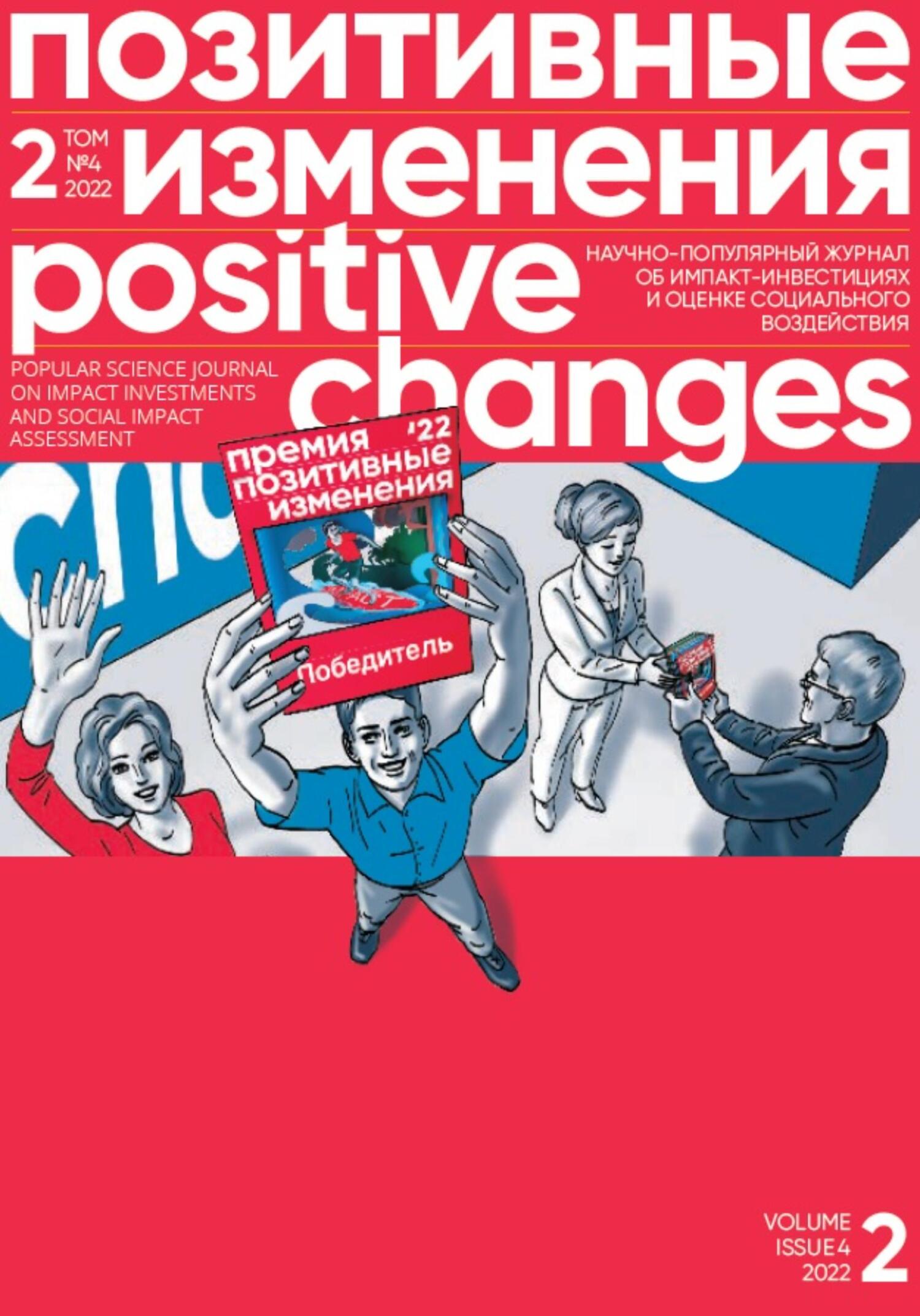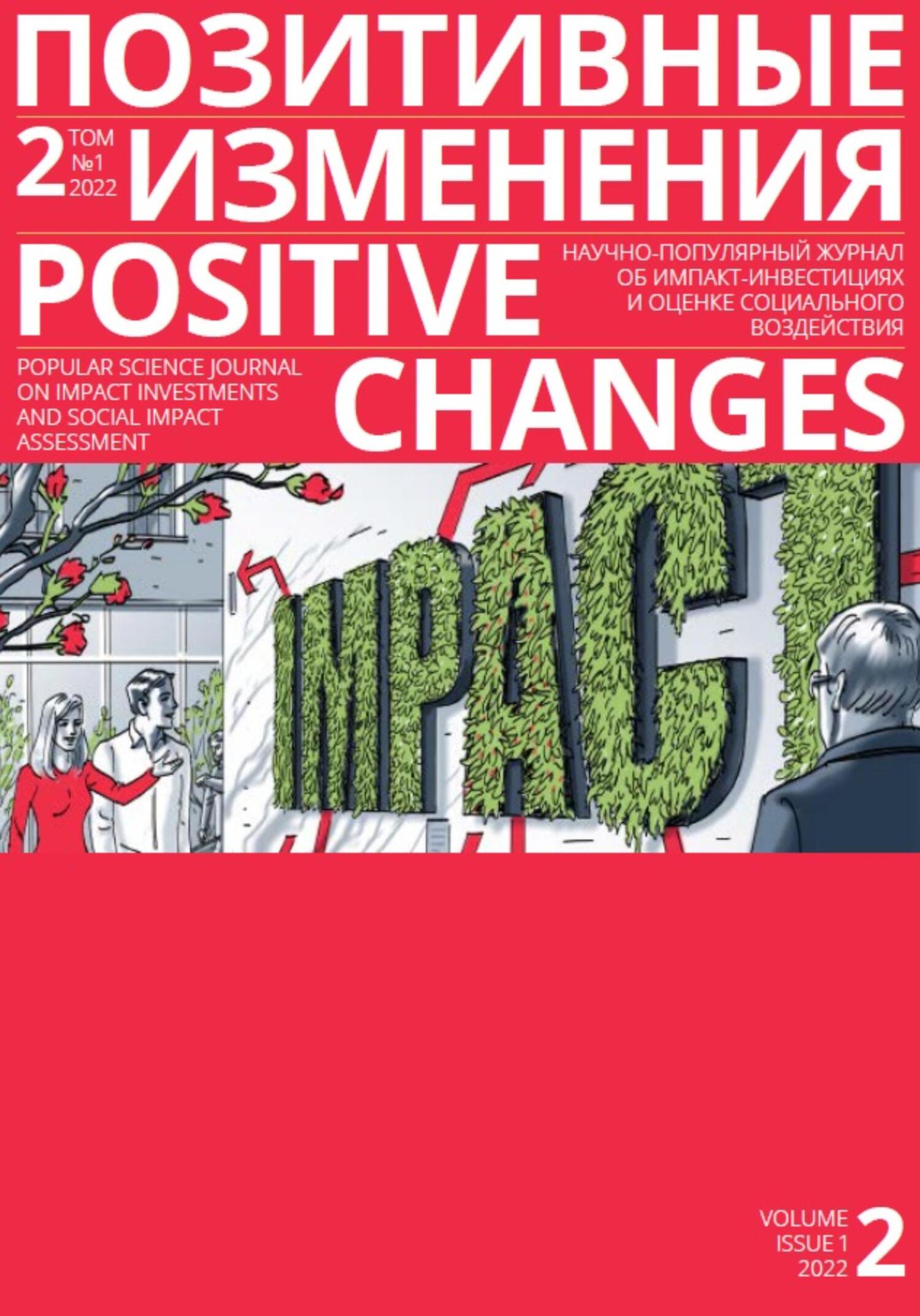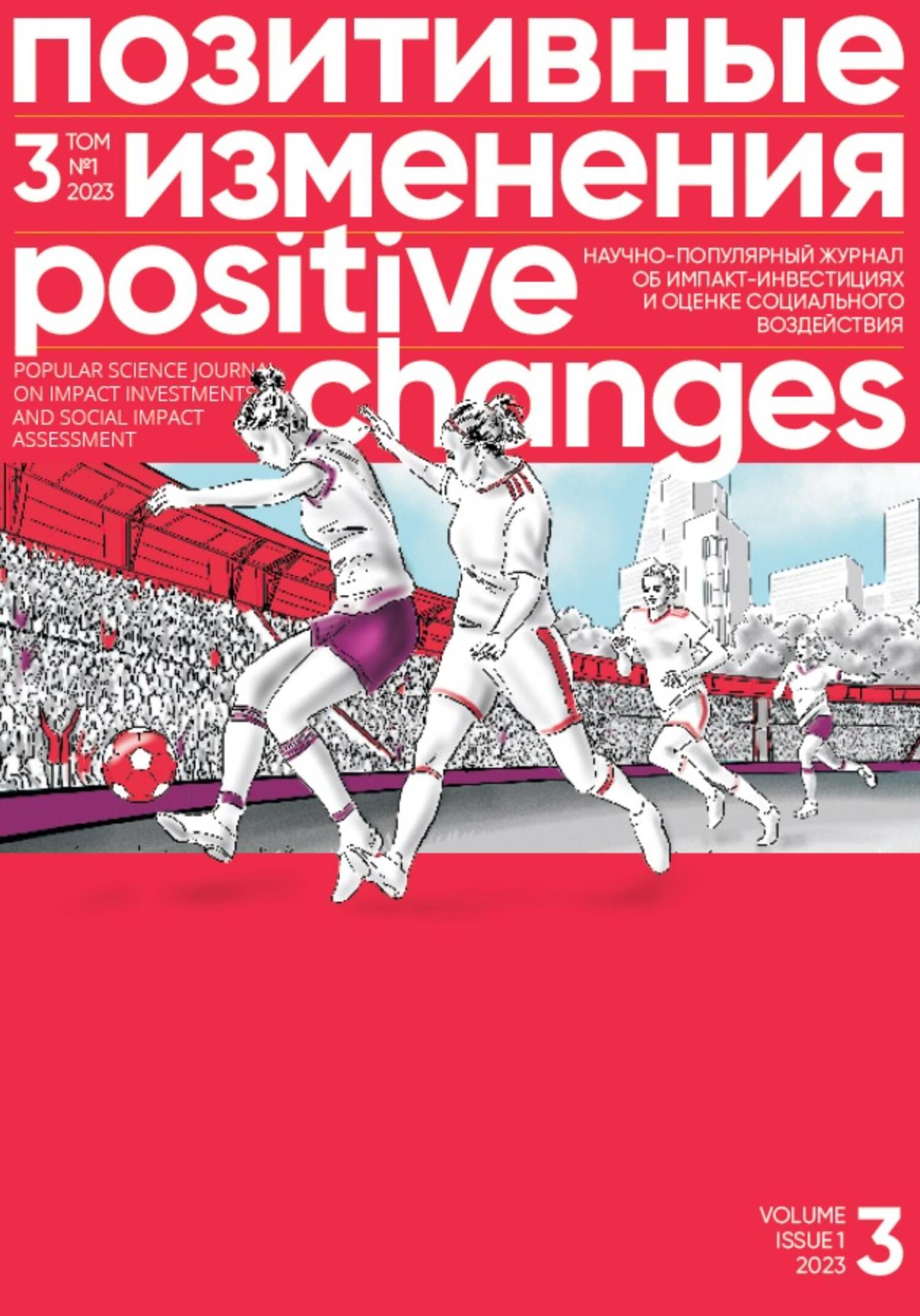Ознакомительная версия. Доступно 9 страниц из 45
buildings with green areas, with high population density and compact buildings. Standard houses repeating the monotonous elements of accommodation units were to state the concept of social equality (Khasieva, 2022).
THE POSTMODERN CITY: AGAINST THE DECORATIONS OF THE MARKET
After the end of World War II, policy in general and urban planning in particular had one main goal — not to go back to the pre-war state of crisis. To build a postwar (and postmodern) society, it was necessary to rebuild cities, for which the projects of Le Corbusier and Ebenezer Howard[8] were used.
However, at the same time, development projects began to unify and depersonalize the space: cities were built according to the same designs, with a division into functional zones and reducing the citizen to an economic function. Guy Debord (2000) wrote that the postwar arrangement of territory was "capitalism’s appropriation of the human and natural environment" and sought to "reconstruct the totality of space as its own decoration." Trends in modern cities are described as the creation of "increasingly enclosed and isolated urban spatial structures, the predominance of defensive architectural forms in the core of the urban environment." (Cooke, 2002).
G. Simmel’s essay "The Metropolis and Mental Life" sees the city as the cause of the soaring individualization and dissociation of the inhabitants. This critical work is taken into account in designs of the city of the future.
The postmodern concept moves away from the totality of large-scale and technologically rational urban planning. It refers to local identities and local stories to create specialized and customized spaces. Postmodern architects abandon the monofunctional zoning of space, when city blocks perform a certain function within some larger social project[9]. In their view, no space may be simply a function of social mandate, because space is valuable in itself and is never empty: it has its own inhabitants, nature and ecosystems, architectural structures.
Léon Krier presented an example of postmodern urban design in Poundbury, Britain. To avoid functional and social differentiation, the project doesn’t have functional zoning, the urban environment is a combination of social, trade and office spaces. At the same time, following the principle that no city may have a universal identity, this city uses the traditional British image — historicity is reflected in the building materials, the management system and the absence of advertising. The distinctive principles of "Poundburyism" were the interfusion of area functions, the 10-minute accessibility of places of work and service, and the social amalgamation of residents[10].
THE IMAGE OF THE CITY OF THE FUTURE AS A PHYSICAL SPACE
Cities of the future may be conceptualized in at least two paradigms: as infrastructure projects and as social projects.
With increasing importance and density, cities are facing problems: overcrowding, low transport accessibility, environmental issues, ghettoization and social exclusion.
The first paradigm refers to new forms of the city, new location environments — for example, underground or in the water, as well as the economic and ecological functions of the city, such as sustainable development (Romanova, 2014). The cities of the future are intended to solve these problems by redesigning the physical space of the city (Kisheyeva, 2017). Modern concepts are developing in three main directions: technological (search for new urban forms), informational (creation of information systems for citizens), environmental (reduction of the negative effect on the habitat).
THE IMAGE OF THE CITY OF THE FUTURE AS A UTOPIA
When talking about the concepts of the city of the future of past centuries, the biggest mistake one can make is to try to seek there the answers to the current questions and challenges. The historical insight into the understanding of the city of the different ages is intended to show that not only have the problems and the image of the city changed, the very framework of how one can make sense of the city has changed as well.
The second paradigm perceives the city as the basis for new social relations, as a certain social and political utopia. Thinking on the city of the future is utopian for the most part in the first place. A review of the literature shows that the very formulation of the question of the city of the future is a relatively young phenomenon — the expression "city of the future" dates back to the 19th century, when the city was moved from an undefined space to an undefined future time.
The modern city of the future must have regard to the territory and the specific interests of the parties involved. Concepts of cities of the future rely on local identities and create opportunities for different life scenarios for their dwellers without the imposition of utopian social projects from above. The community of citizens is not just another type of building material, but a subject and addressee of the urban concept, whose notions are taken into account in the design. The city of the future now is a set of design principles rather than the actual project content.
REFERENCES
1. Beevers, R. (1988). The garden city utopia: A critical biography of Ebenezer Howard. Springer.
2. Benjamin, W. (1996). Paris, Capital of the 19th Century / Benjamin W. The Work of Art in the Age of Mechanical Reproduction, 48–60.
3. Gurevich, A. (2005). Individual and Society in the Medieval West. M.: The Russian Political Encyclopedia (ROSSPEN).
4. Debord, G. (2000). The Society of the Spectacle. M.: Logos Publishing House.
5. Simmel, G. (2002). The Metropolis and Mental Life. Logos, 3(34), 1-12.
6. Kamalova, K. V. (2021). Vertical City. Retrospective and modern stage of development of the multilevel structure of urban space. Academia. Architecture and Construction, (1), 102–109.
7. Kisheyeva, A. I. (2017). Concepts of "Cities of the Future" as a way to address the issues of urbanized cities. New Ideas of the New Century: Materials of the International Scientific Conference of the Department of Architecture and Design, Pacific National University (pp. 121–127). Federal State Educational Institution of Higher Professional Education Pacific National University.
8. Cooke, Ph. (2002). Modernity, Postmodernity and
Ознакомительная версия. Доступно 9 страниц из 45
























